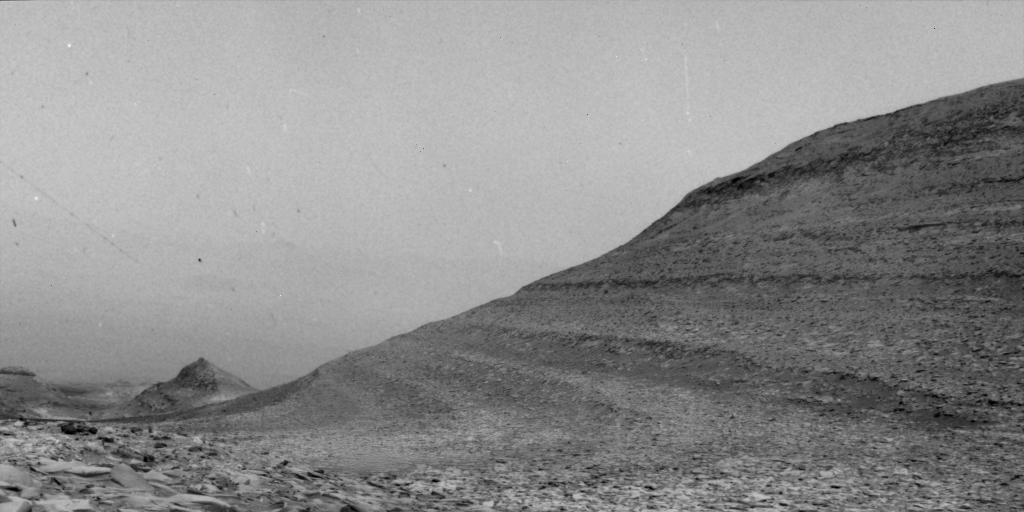 Source: Visit website
Source: Visit websiteIn addition to producing auroras, a recent extreme storm provided more detail on how much radiation future astronauts could encounter on the Red Planet.
Mars scientists have been anticipating epic solar storms ever since the Sun entered a period of peak activity earlier this year called solar maximum . Over the past month, NASA's Mars rovers and orbiters have provided researchers with front-row seats to a series of solar flares and coronal mass ejections that have reached Mars — in some cases, even causing Martian auroras.
This science bonanza has offered an unprecedented opportunity to study how such events unfold in deep space, as well as how much radiation exposure the first astronauts on Mars could encounter.
The biggest event occurred on May 20 with a solar flare later estimated to be an X12 — X-class solar flares are the strongest of several type s — based on data from the Solar Orbiter spacecraft , a joint mission between ESA (European Space Agency) and NASA. The flare sent out X-rays and gamma rays toward the Red Planet, while a subsequent coronal mass ejection launched charged particles. Moving at the speed of light, the X-rays and gamma rays from the flare arrived first, while the charged particles trailed slightly behind, reaching Mars in just tens of minutes.
The unfolding space weather was closely tracked by analysts at the Moon to Mars Space Weather Analysis Office at NASA's Goddard Space Flight Center in Greenbelt, Maryland, which flagged the possibility of incoming charged particles following the coronal mass ejection.
RAD's data will help scientists plan for the highest level of radiation exposure that might be encountered by astronauts, who could use on the Martian landscape for protection.
No comments:
Post a Comment